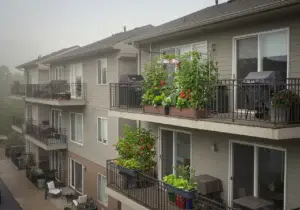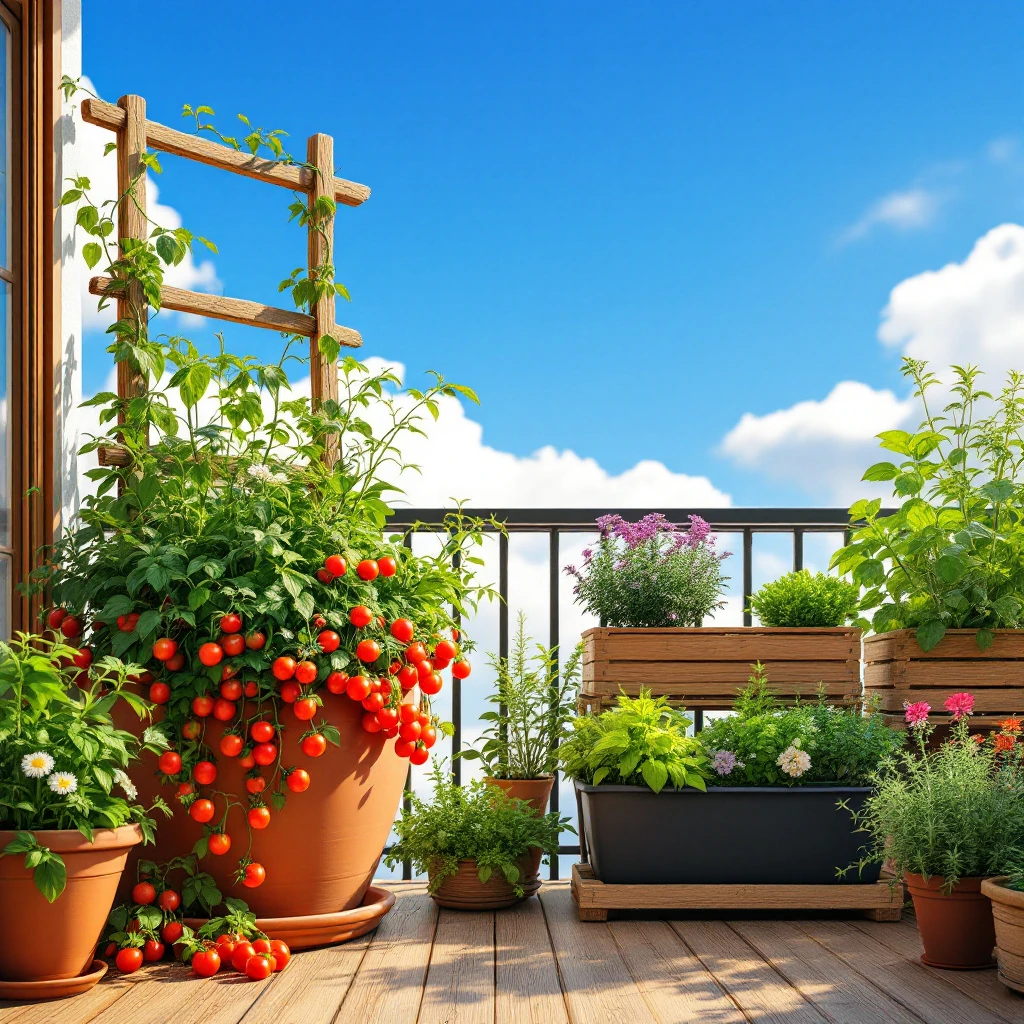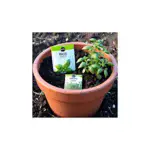🌱 Balcony Vegetable Gardening: Where Small Spaces Grow Big Results
Balcony vegetable gardening can feel like a puzzle—limited space, tricky light conditions, and container decisions. But once you get started, it turns into one of the most rewarding urban gardening strategies out there. Even a modest balcony can provide a surprisingly bountiful harvest with the right approach.
✅ Think of your balcony as a blank canvas for growing food.
When space is at a premium, balance is everything. Some vegetables and herbs naturally complement one another, boosting health and productivity when planted together. That’s the power of companion planting, and it shines in compact gardens like yours.

🌿 The Power of a Plan
A little thoughtful planning goes a long way. Sketch out your space and consider sun exposure, vertical potential, and airflow. With a layout in mind, your balcony transforms from blank space to edible landscape.
☀️ Matching Plants to Light Conditions
South- or East-facing balconies: Perfect for tomatoes, peppers, and other sun-loving crops.
North-facing balconies: Try leafy greens and herbs like mint or parsley.
Morning sun + afternoon shade: Ideal for mixed gardens with both greens and fruiting plants.
🪴 Selecting the Best Vegetables for Your Limited Space
Choosing the right vegetables is critical in balcony vegetable gardening. You’re not just growing for fun—you’re growing smart. Space is limited, so focus on high-yield, compact, or climbing plants.
📈 Vertical Growers = Space Savers
These climbers reach for the sky, freeing up your floor space:
Tomatoes 🍅
Pole beans
Cucumbers 🥒
Peas 🌱
Install trellises or vertical racks to support growth while adding a design element to your garden.
🥬 Compact Powerhouses
These leafy greens thrive in containers and don’t hog space:
Lettuce
Spinach
Arugula
They’re also fast growers—perfect for continual harvests.
🌿 Must-Have Herbs
Herbs are low-maintenance and perfect for beginners:
Basil
Parsley
Chives
Bonus: Many herbs deter pests naturally and enhance the flavor of nearby plants.
🥕 Root Vegetables
Root crops like carrots, radishes, and beets can thrive in containers as long as you provide deep pots with good drainage. Just remember: vertical depth matters as much as width.
🛠️ Nurturing a Flourishing Balcony Garden: Care and Maintenance Tips
Your balcony garden needs consistent care—but don’t worry, it doesn’t have to be complicated. Routine tasks will soon feel like second nature, and the rewards are worth every moment.
💧 Water Wisely
Water early in the morning to prevent mildew.
Let the topsoil dry before watering—use the poke test.
In hot weather, containers dry quickly—check daily!
🌿 Feed Your Plants Right
Use a balanced, organic liquid fertilizer every 2–4 weeks.
Mix in compost or worm castings for long-term soil health.
Watch for yellowing leaves—a sign of nutrient deficiency.
🐛 Keep Pests in Check
Hand-pick pests or spray with water to knock them off.
Try natural sprays like neem oil or garlic-chili DIY mixes.
Use companion plants like marigolds or basil to deter common pests.
🧪 Stay on Top of Soil Health
Get a simple pH tester and soil moisture strips.
Container soil can turn acidic fast—aim for 6.0–7.0 pH.
🧩 Arrangement Tips: Making the Most of Limited Space

Proper arrangement boosts productivity, light exposure, and even plant health. Every inch of your balcony garden should work double-duty.
🧱 Use Vertical and Horizontal Space Together
Stackable planters or multi-tiered shelves create a layered garden.
Hang pots along walls or railings for herbs and smaller greens.
Use stakes or wall-mounted trellises for climbing plants.
🌤️ Sunlight Strategy
Place your sun-loving plants (tomatoes, peppers) where they get 6–8 hours of sun.
Tuck shade-tolerant crops like lettuce into corners or behind taller pots.
🧘 Microclimates Matter
Protect delicate plants from wind with lattice or planter walls.
Use larger plants as “sun umbrellas” to shade others.
💡 Consider Grow Lights
If your balcony gets minimal sun, don’t give up! Small LED grow lights can help supplement light in early spring or shaded balconies.
🌍 Sustainable Practices and Future Innovations
Balcony vegetable gardening also offers a chance to go green—literally and ethically. Urban gardeners are embracing sustainable methods more than ever.
♻️ Eco-Friendly Upgrades
Repurpose buckets, bins, or crates as planters.
Use compost from kitchen scraps.
Try self-watering containers or wicking beds.
💧 Conserve Water
Install a drip irrigation system for consistent watering.
Capture rainwater (check local laws!).
Use mulch to retain soil moisture.
🧠 Smart Garden Tech
Soil moisture sensors and smart watering timers can save you time and water.
New compact hydroponic setups are making waves in small-space gardening.
🌱 Grow with Your Community
Join a seed exchange.
Start a shared rooftop or balcony garden project.
Teach your neighbors—urban gardening is contagious!
🎯 Final Thoughts: Grow Big in Small Spaces
Balcony vegetable gardening isn’t just about space—it’s about creativity, sustainability, and delicious results. Whether you’re harvesting fresh basil for pasta or cherry tomatoes for salad, your balcony is a source of pride and peace. 🌿
From one small space can grow an abundance of joy, food, and fulfillment.




